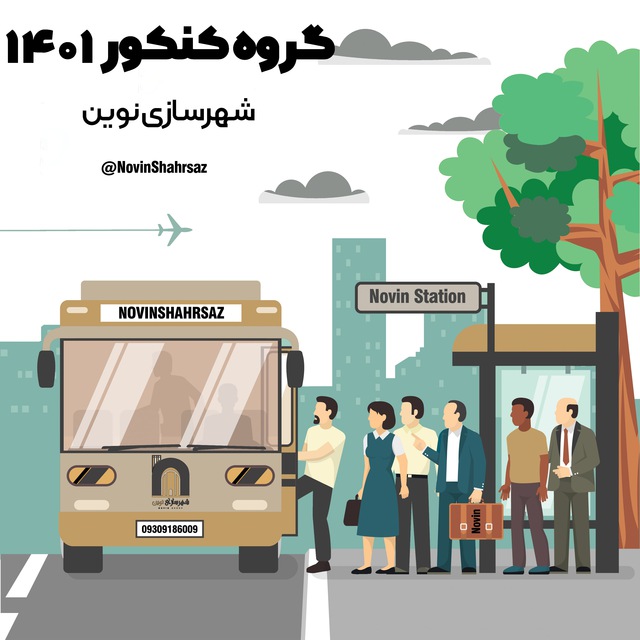Test answer number 15 # shared
Correct answer: Option 2, From Shar to Shahr, Seyyed Mohsen Habibi, p. 104
Read carefully and take notes
The principles in Isfahan school are:
Principle of Hierarchy: Based on this principle, no urban space can be created without paying attention to its higher or lower order. Based on this principle, every urban space has inside and outside.
The principle of abundance: urban space in its expansion tends to abundance, and diversity tends to fragmentation and transformation.
The principle of unity: the urban space in its contraction and in its interconnected set, tends towards unity and sameness. It tends to composition and homogeneity.
The principle of concentration: the concentration of the urban space gives it a special credibility.
The principle of non-concentration: the dispersion of the urban space causes a single expression to be formed in different places. The balanced distribution of city spaces becomes the main reason for the unity of the concept of the city and its different spaces.
The principle of accumulation: Gathering different elements in one place gives it a different meaning.
The principle of contrast: the heterogeneity of the elements and at the same time its harmony with other elements frees the space from sameness, homogeneity and lack of identity.
The principle of connection: every urban space seeks to connect to other spaces.
The principle of balance: Spatial balance without any fear of large-scale architecture and that the human scale is not taken into account in the limits of sizes, practically leads to the creation of a human space. It is in such a space that spatial balance will be possible without symmetry.
The principle of proportion: the ratio of dimensions and sizes, the ratio of volumes and buildings, the ratio of accumulated spaces and empty spaces, the ratio of shadow and light, the ratio of limitation and boundlessness, etc. . . .
The principle of continuity: urban space is a space between buildings, volumes and buildings, volumes and shapes, and it finds another meaning in space and time with social and cultural behaviors.
The principle of territory: Every urban space, from small space (home) to large space (city) has its own privacy. A chastity that expands the scope of the inside to the outside.
The principle of simplicity: the purity and honesty of the urban space provides a place for its quick understanding. The endless space of the city makes familiarity with it possible.
The principle of complexity: the unusual use of words and space in order to indicate it follows the principle of complexity.
The principle of combination: the combination of words with each other and how this combination separates the word from the language.
The principle of establishment: The principle of establishment is understood in the concept of building a word or a city. In this concept, construction means all the interrelationships of the components of a whole with each other in such a way that each unit has the greatest role.
The principle of time: What changes in time is the form and not the content. The content of the urban space is like the content of the word in the context of time.
Principle of brevity: Compliance with this principle is one of the most fundamental principles of Isfahan school. They express the broadest concept in the simplest way like this.
The link of the new urban planning entrance exam group
https://t.me/joinchat/BX65PT9skNNRwfQtVbl0nw
This post is written by Miladnovin69
